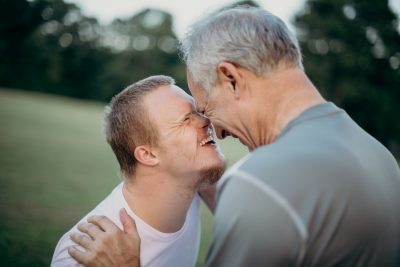Equal access to all Internet users, regardless of whether they have a disability, has been a divisive issue since the advent of the World Wide Web. Accessibility-related litigation has exploded in recent years, and it looks like that trend will continue into the foreseeable future.
In the United States, lawsuits related to website accessibility issues almost tripled in 2018. Plaintiffs filed lawsuits focused on Title III of the American with Disabilities Act, which prohibits “discrimination on the basis of disability in the activities of places of public accommodations.” These “places of public accommodations” include the public domain of the Internet.
Content of the Lawsuits
Most of the lawsuits in 2018 focused on web inaccessibility for people with blindness or vision impairment. There was a significantly smaller number of lawsuits claiming ADA breaches against hearing-impaired people.
It is surprising to note how many major corporations, such as Nike, CNN, Amazon, and the Wall Street Journal, have been sued by plaintiffs on the grounds of ADA violations against persons living with a disability. For example, Maria Mendizabal, a legally blind person, initiated a class action suit against Nike on the grounds of failure to design, implement and maintain accessibility features for blind or visually impaired people on its website.
Some 10 million Americans live with legal blindness or complete blindness, it’s apparent that this is not an isolated incident. It appears that unless decisive changes are set in motion, more and more lawsuits like Mendizabal vs. Nike will be initiated in the near future.
States and Industries Affected
New York and Florida were major centers of litigious activity related to website accessibility in 2018. According to one report, 64% of federal lawsuits were filed in New York, and 32% in Florida. Other hot spots for web accessibility litigation include Pennsylvania, Texas, and California.
Moreover, almost all sectors of industry were affected by such lawsuits. The bulk of the litigation occurred within the retail industry, but other industries were also impacted by lawsuits, such as food and hospitality, and entertainment and leisure.
What do many experts expect for 2019?
Many feel that the trend in website accessibility lawsuits will continue to grow, especially with the current state of governmental affairs, and no clearly delineated federal guidelines in place. Robert L. Duston, a partner in Saul Ewing Arnstein & Lehr LLP, acknowledges that many non-public facing organizations are not directly affected by Title III. However, he still recommends that companies ensure their career pages are accessible, with a helpline for users in place. Other experts recommend that HR professionals offer alternatives to online application forms for job candidates, such as telephone, email, or fax.
Challenges for Web Accessibility
There are some challenges for businesses seeking to implement a web-accessible design. One major challenge that businesses face is the ineffectiveness of automated auditing tools. According to research, “automated auditing tools can only identify [approximately] 26% of WCAG issues.” Therefore, it is important for businesses to allocate sufficient personnel and resources for manual and assistive technology audits.
Of course, there are also financial costs that come with the implementation of effective auditing procedures and, if necessary, a complete overhaul of the site in question.While there may be some obstacles to implementing a web-accessible design on your company’s website, there are several benefits that come from doing so. For instance:
• You’ll avoid the possibility of accessibility-related litigation
• You’ll be able to organically grow your consumer base to include people with disabilities
If you’d like to learn more about how integrating web-accessible features into your site design can benefit your business, or you’d like to begin taking the steps to become ADA-compliant, reach out to us today at MAB Accessibility.
